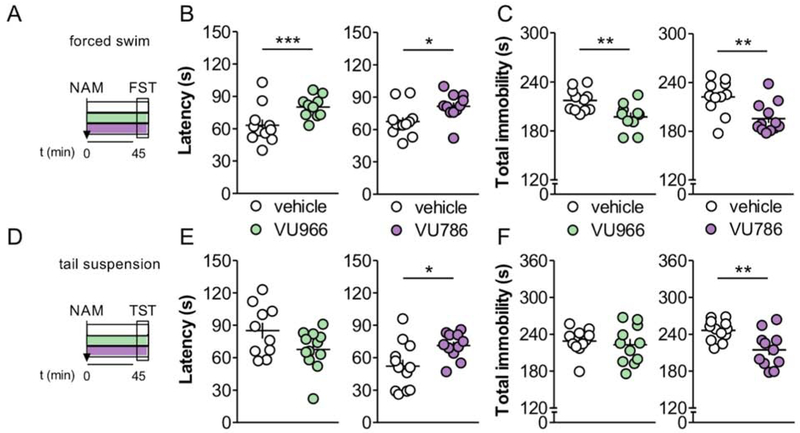Figure 6. mGlu2 and mGlu3 NAMs decrease passive coping in acute antidepressant models.
(A) A selective mGlu receptor NAM, or its vehicle, was administered 45 minutes prior to the forced swim test (FST). (B) The mGlu2 NAM VU6001966 (VU966; 10 mg/kg) and mGlu3 NAM VU0650786 (VU786; 30 mg/kg) each increased the latency to immobility in the FST (*: p<0.05, ***: p<0.001, t-test vs. vehicle). N = 11-12 mice per group. (C) VU6001966 and VU0650786 each decreased total time spent immobile in the FST (**: p<0.01, t-test vs. vehicle). (D) A selective mGlu receptor NAM, or its vehicle, was administered 45 minutes prior to the tail suspension test (TST). (E) VU0650786, but not VU6001966, increased latency to immobility in the TST (*: p<0.05, t-test vs. vehicle). N = 10-12. (F) VU0650786, but not VU6001966, decreased total immobility in the TST (**: p<0.01, t-test vs. vehicle).

